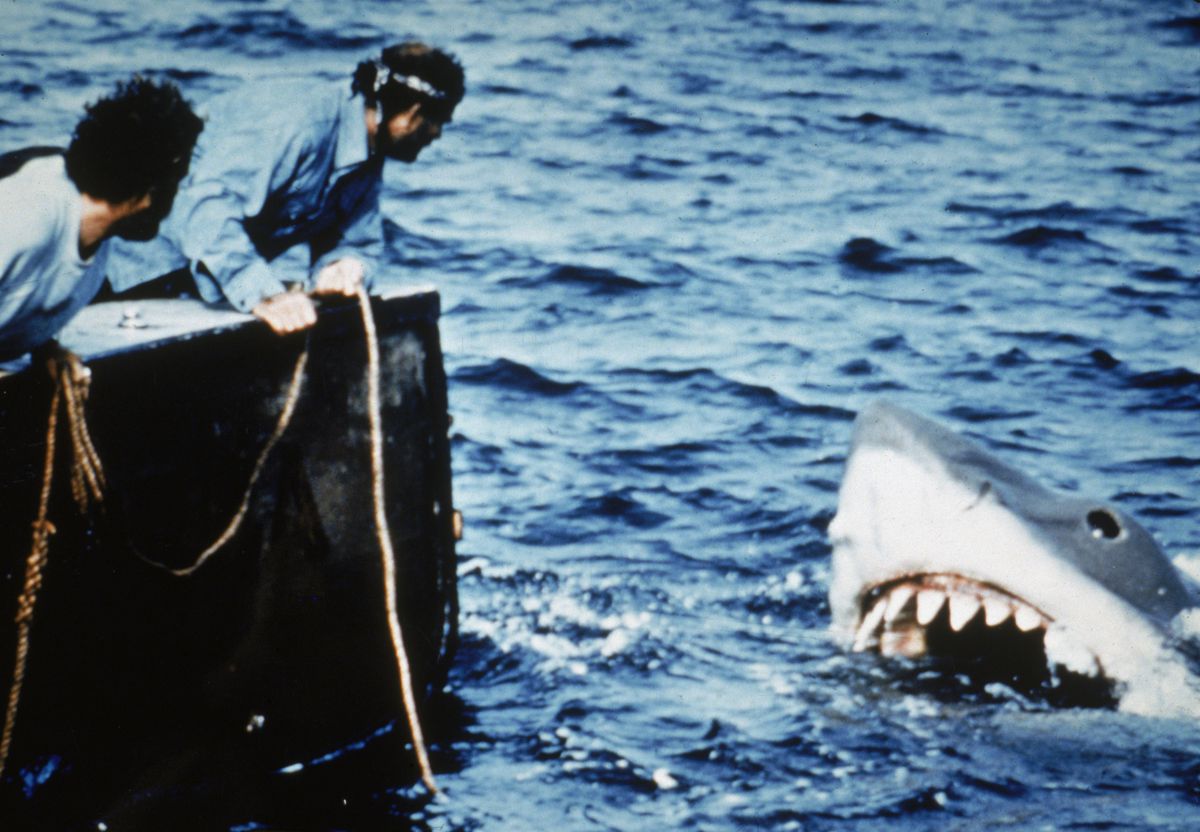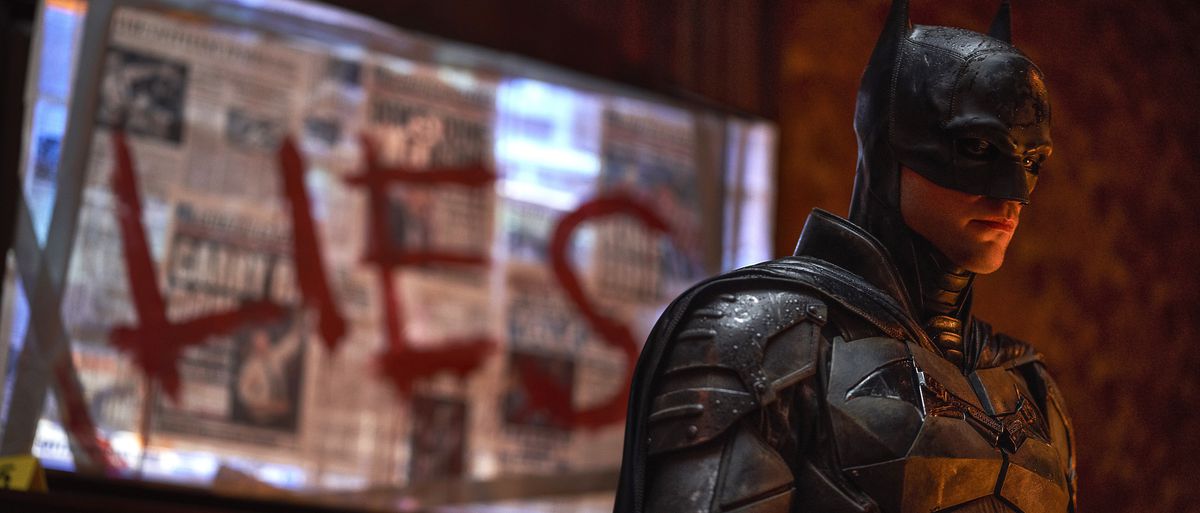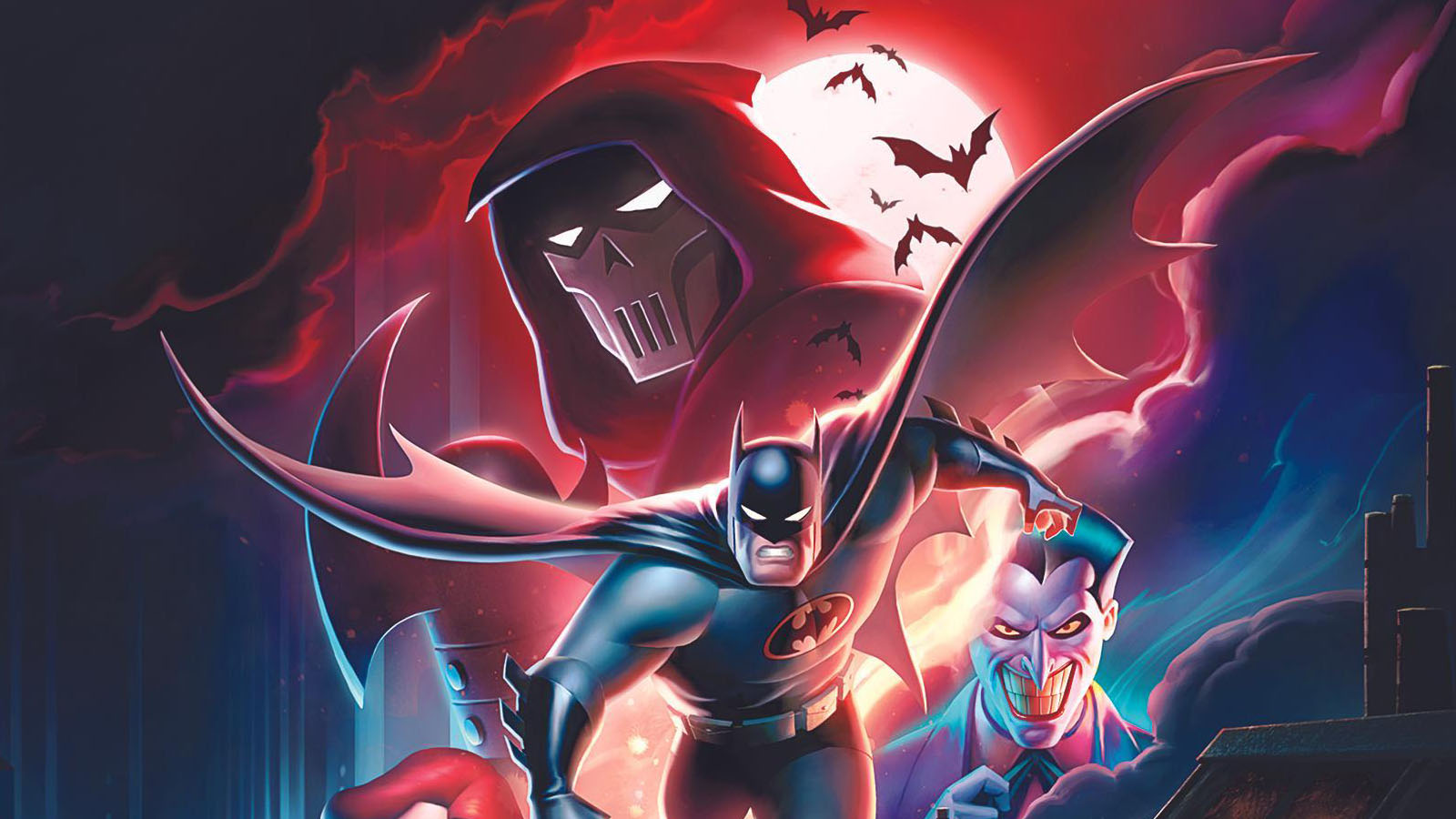Scott Pilgrim isn’t getting any older. That’s really his problem, when you get right down to it. In 2010, the year the character made his big-screen debut in Scott Pilgrim vs. the World, he was a youthful but dissipated 22 years old — a typical product of millennial slacker culture, energized out of his torpor through his quest to win the heart of his dream girl, Ramona Flowers. That quest, and the self-discovery that resulted from it, turned Scott Pilgrim (both the character hailing from Bryan Lee O’Malley’s early-2000s graphic novels and the Edgar Wright-directed adaptation thereof) into a touchstone for a whole generation of semi-sensitive young men who came of age in the early 2000s. For them — for us — Scott was the quintessential Nice Guy: quasi-living proof that the sensitive, needy, guitar-strumming mediocrities among us could inherit, if not the Earth, then at least a girl with really good taste in CDs.
Thirteen years later, Scott Pilgrim remains just as young as he ever was, but the world hasn’t — and therein lies the trouble. Because 2023 isn’t 2010, and the version of Nice Guyhood Scott embodied has, through the passage of time and societal reckoning, turned out to be a lot less charming than we originally suspected. Looking back from our vantage point a decade later, we have to wonder: Was Scott really ever the nice guy we imagined him to be? Or were we always just trying to make him a reflection of the same weird, flawed guyhood we were living in at the time? As the franchise prepares to make its return to screen life on Netflix soon, it’s worth asking the question: What does Scott Pilgrim’s fight against toxic masculinity look like in the world of today?
If we want to understand what kind of guy Scott Pilgrim is, we need to remember something about the world of 2010. Edgar Wright’s movie hit at an odd moment for the culture of guyhood. Over the course of the ’90s and early 2000s, the old, macho ideals of manly appeal — the muscular, jock-oriented sex symbology of the Bruce Willis and Arnold Schwarzenegger ’80s — had been challenged by a newer, softer stereotype. This was the inward-looking, unthreatening guyhood of Dawson’s Creek, Daniel Clowes comics, and acoustic rock. The new Nice Guy was shy, thoughtful, deeper than girls think (if only they would get to know him), and, most importantly, willing to take no for an answer. And the new pop culture that emerged around him all revolved around the same central idea: Maybe he didn’t have to finish last after all.
:no_upscale()/cdn.vox-cdn.com/uploads/chorus_asset/file/24120712/0915.jpg)
Enter Scott Pilgrim, vulnerable slacker par excellence. The Scott we meet in Scott Pilgrim vs. the World is a kind of inward-looking, rock-obsessed doofus: physically and financially unimpressive, but, at the same time, lacking in the kind of puffed-chest testosterone that would make him genuinely malicious. His mission to win the hand of Ramona Flowers is predicated on a series of video game-style challenges to her Seven Evil Exes, but if the combat sessions are cartoonishly violent, they’re also designed specifically to point up just how unbellicose Scott really is.
Each of Scott’s foes, after all, is designed as a foil that plays up some kind of historically toxic male characteristic, physical or otherwise: cocky, showboating Lucas Lee; self-interested, womanizing Todd Ingram; slimy, manipulative, willfully malicious Gideon Graves. Even the seeming exception to the rule, Ramona’s lone roommate turned girlfriend, Roxie Richter, has a fistfighting, hyper-aggressive energy that utterly overwhelms the halting Scott; that her stereotypically masculine violence utterly overwhelms Scott’s own is played precisely for low-key laughs. Scott thus represented a tonic against the tendencies and characteristics of conventionally desirable dudes. The movie sets him up to win the girl not in spite of his introverted dweebishness, but because of it — because the inward-looking depths of a Scott Pilgrim amounted to a better boyfriend than any better-looking or cooler-acting partner could be.
This was at the heart of the Nice Guy ideal, a notion typified and formalized into the new millennium concept of the Friend Zone. First brought into cultural prominence via a 1994 episode of Friends (appropriately enough), the Friend Zone postulated a sexual limbo into which sweet, decent guys were banished by their would-be romantic partners merely because they lacked an outwardly manly cool or aggressive attitude. Over the following decades, the Friend Zone became increasingly ubiquitous in both rom-com media and society at large: The Friend Zone explained why the nice guys didn’t get the girl, but it also implicitly argued that they should.
That’s why, in the years that have followed, the whole notion has been challenged by writers arguing that Nice Guy protagonists were in their own way as toxic as the cool dudes they complained about. Their whole deal, after all, was predicated on the notion that their very niceness entitled them to some kind of romantic or sexual prize — if girls weren’t going to reward them for not asking for a reward, what was even the point? In 2023, we can look back and see all of this as a worrying early sign of what we now call incel culture. Back then, obliviously, a sizable chunk of the audience cheered them on.
:no_upscale()/cdn.vox-cdn.com/uploads/chorus_asset/file/11567495/scott.jpg)
So it might do us well to ask just how nice a Nice Guy Scott Pilgrim really was. To be sure, Wright’s film takes pains to set him up at its outset as more than a little bit of a putz, if not an outright schmuck. When we first meet him in the movie, he’s an early-20s guy dating the high school-age Knives Chau, attempting to justify himself to his skeptical friends (“We have meaningful conversations about how yearbook club went, and about her friends, and, um… you know… drama,” he halfheartedly argues). His discovery of Ramona is meant to be a revelatory moment that shakes him out of his skeezy lethargy and turns him into a better man all around.
This much is well intentioned, at least, but it’s also limited in ways the movie never quite seems to understand. A big part of the trouble is that Ramona herself remains, over the course of the film, largely a cipher: a sketchy outline of colorfully indie desirability. But who is she really? We know her romantic history; we know her job; we know that she likes to change up her hair color (arty!). Wright was probably aware of the notorious “manic pixie dream girl” cliche, and the movie makes an earnest attempt to thwart it by at least making Ramona considerably more snappish and sardonic than Scott himself. But she remains throughout a living, breathing McGuffin, a motivational tool to make Scott a more rounded person rather than a character with an implicit inner life of her own.
In part, this is just an accidental result of the need to slim down and streamline Bryan Lee O’Malley’s graphic novels, which spanned some 1,200 pages in total over the course of their six volumes. O’Malley used the luxury of storytelling time and space to flesh out and complicate both Scott and Ramona; the latter, for instance, is eventually revealed to have cycled through her army of exes because of a lifelong and battle-hardened habit of running from her problematic relationships (in the film, this is reduced into the visual shorthand of her ever-changing hair color — which, divorced from context, ends up looking more quirky than pained). The comics are a story of her budding self-improvement as much as Scott’s, and while the result is a heroine less conventionally sympathetic than her movie counterpart, it’s also one that’s ultimately far more human and more possessing of her own will and her own life.
:no_upscale()/cdn.vox-cdn.com/uploads/chorus_asset/file/21905311/image__12_.jpeg)
:no_upscale()/cdn.vox-cdn.com/uploads/chorus_asset/file/25035300/Power_of_Love.jpg)
A 90-minute movie couldn’t reasonably hope to contain all this, but by effectively flattening one character in the narrative service of another, Wright reduces a three-dimensional girl into a two-dimensional arcade game avatar. Other choices, more subtle but no less telling, have the same effect. In O’Malley’s comics, Scott’s climactic battle against Gideon Graves ends with his being rewarded with the Power of Understanding. In the movie, this is subtly but meaningfully tweaked to become the Power of Self-Respect. In the first case, it’s an argument that Scott needs to look deep into his own life and behavior before he’s truly worthy to be the guy of Ramona’s dreams. In the second, it reads (whether deliberately or not) as a defense of dudeness: an argument that the minute Scott stops stressing about who he is and decides he deserves his prize anyway, the girl and the happy ending will be his by right.
It would be nice to think that all of this bumbling toward inadvertent male justification was simply a fossil of our fiction as it existed at the time. And to a great extent, it is: In recent years, pop culture has increasingly come to regard the Nice Guy archetype as a quiet menace as much as a charming character trait. It’s still present in all kinds of media, to be sure, but it’s not presented strictly, or even primarily, as something sympathetic or aspirational. The Nice Guy in 2023 is, often as not, just kind of a passive-aggressive jerk.
But at the same time, watching Scott Pilgrim reminds us both how far pop culture has come, and how far it needed (and still needs) to go. If the past decade has taught us anything at all, it’s that the Nice Guys of the Earth weren’t the cure for what ailed toxic male culture; they were just another symptom of it. Milder, maybe, but just as contagious despite that.
So, no, we can’t look at Scott Pilgrim now the way we did then, but that’s not an altogether bad thing; after all, part of growing up is learning to look at our heroes, fictional and otherwise, with more mature eyes. With its revival in the form of streaming TV, Scott and his universe have a chance to embrace the times as they are, and find a new kind of guy who, just maybe, has the chance to grow up a little bit more. Like the good video game character that he is, Scott gets to press the reset button, start over, and do better this time around. The rest of us just have to keep playing.
Scott Pilgrim vs. the World is now streaming on Netflix. Scott Pilgrim Takes Off, the new anime adaptation, drops on Netflix on Nov. 17.






